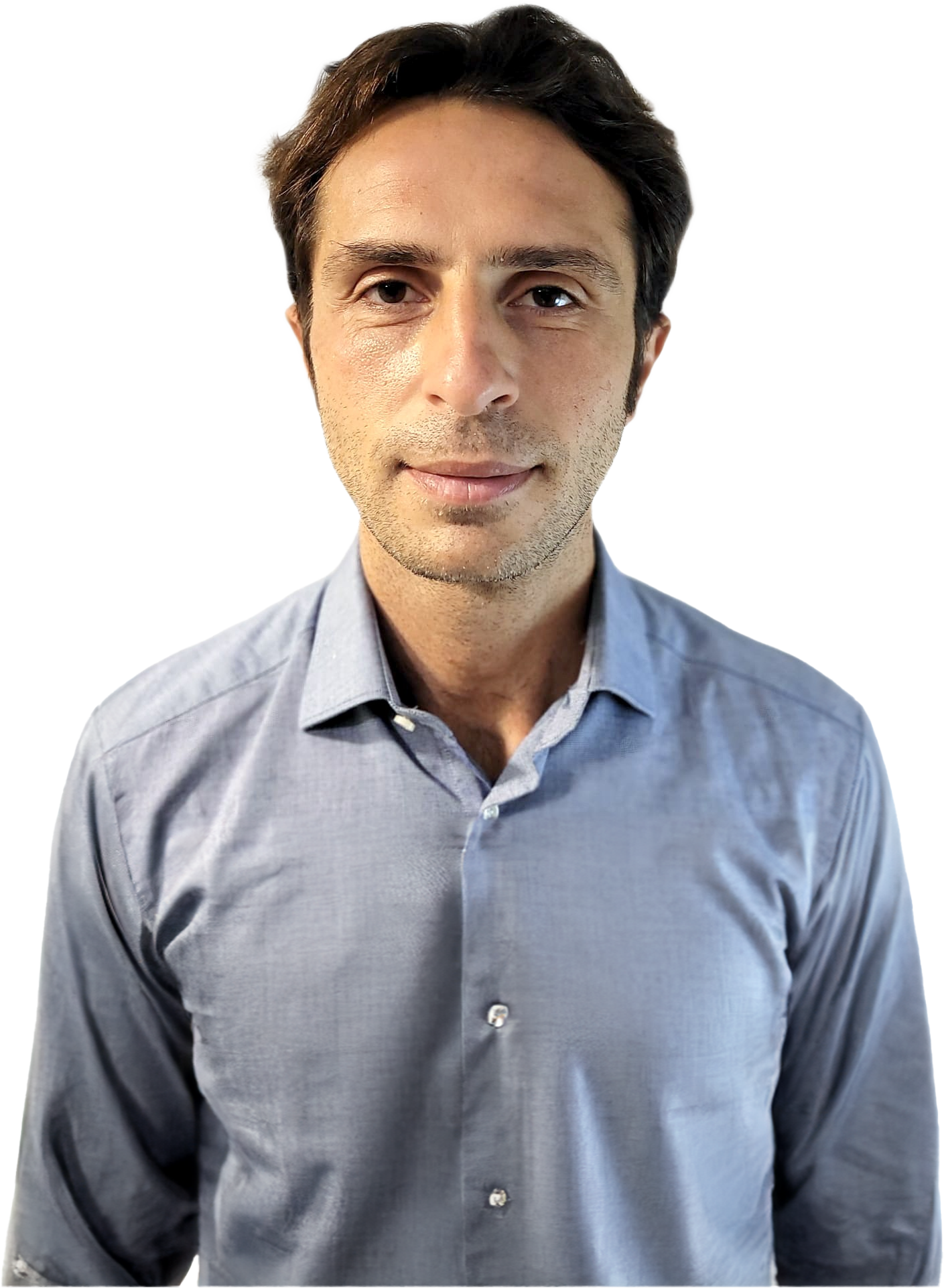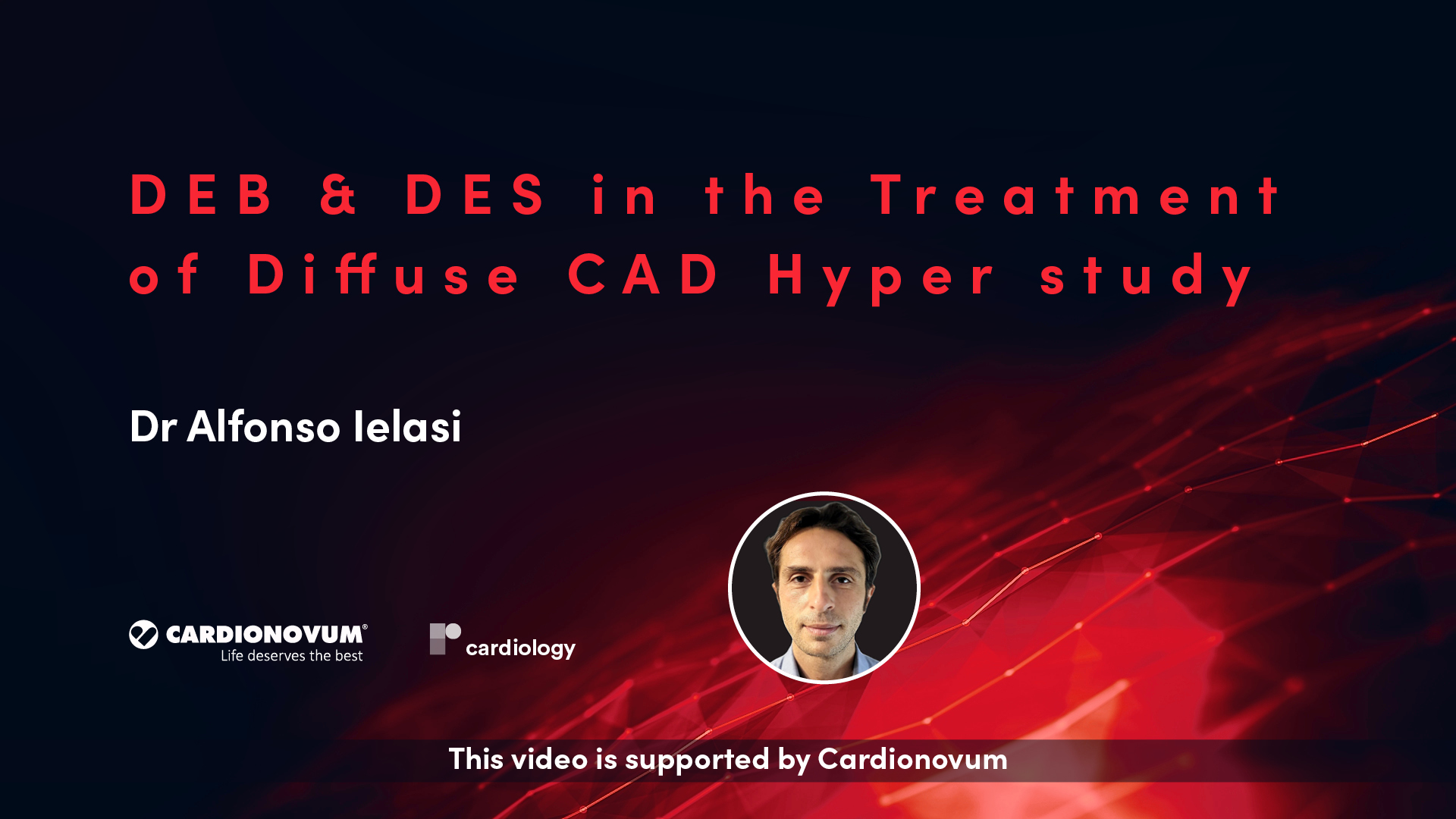The Hybrid Approach in CAD with Restore® DEB: Use and Clinical Outcomes in the HYPER Study
Published: 18 June 2024
-
Views:
 1320
1320
-
Likes:
 7
7
-
Views:
 1320
1320
-
Likes:
 7
7
Overview
In this comprehensive video series, Dr Alfonso Ielasi (IRCCS Ospedale Galeazzi Sant'Ambrogio, IT) delves into the approach of using Restore® Drug-Eluting Balloon (DEB) in treating Coronary Artery Disease (CAD).

Learning Objectives
- Gain insights into the findings of the HYPER Study presented by Dr Ielasi, focusing on the hybrid approach combining a drug-eluting stent and the Restore® drug-coated balloon (DEB)
- Understand the technological features and benefits of the Restore® DEB as explained by Dr Ielasi during the video interview
- Comprehend the study design, including participant selection criteria and clinical outcomes of the HYPER Study
- Recognise the significance of procedural success rates DoCE rates in evaluating the effectiveness and safety of the hybrid approach
- Appreciate the long-term stability of favourable outcomes, including low DoCE rates, observed up to the 3-year follow-up period in the HYPER Study
- Interpret the implications of the HYPER Study findings for clinical practice, particularly in the context of coronary artery disease management and treatment strategies involving drug-eluting stents and drug-coated balloons
Target Audience
- Interventional Cardiologists
More from this programme
Part 1
The HYPER Study Findings
Part 2
HYPER EXTEND
Part 3
DEB & DES in the Treatment of Diffuse CAD
About the episode
In this short summary interview, Dr Alfonso Ielasi (IRCCS Ospedale Galeazzi Sant'Ambrogio, IT) shares the findings from the pilot observational study, HYPER. Presented first at EuroPCR 22, this trial investigated the safety and efficacy of the hybrid approach DES/DCB in treating de-novo diffuse lesions.
Faculty Biographies

Alfonso Ielasi
Interventional Cardiologist
Dr Alfonso Ielasi is an Interventional Cardiologist at IRCCS Ospedale Galeazzi Sant'Ambrogio, Milano, IT.
Dr Ielasi's interests include interventional cardiovascular therapies of acute coronary syndromes, unprotected left main disease, complex coronary artery disease and aortic valve stenosis.









Comments